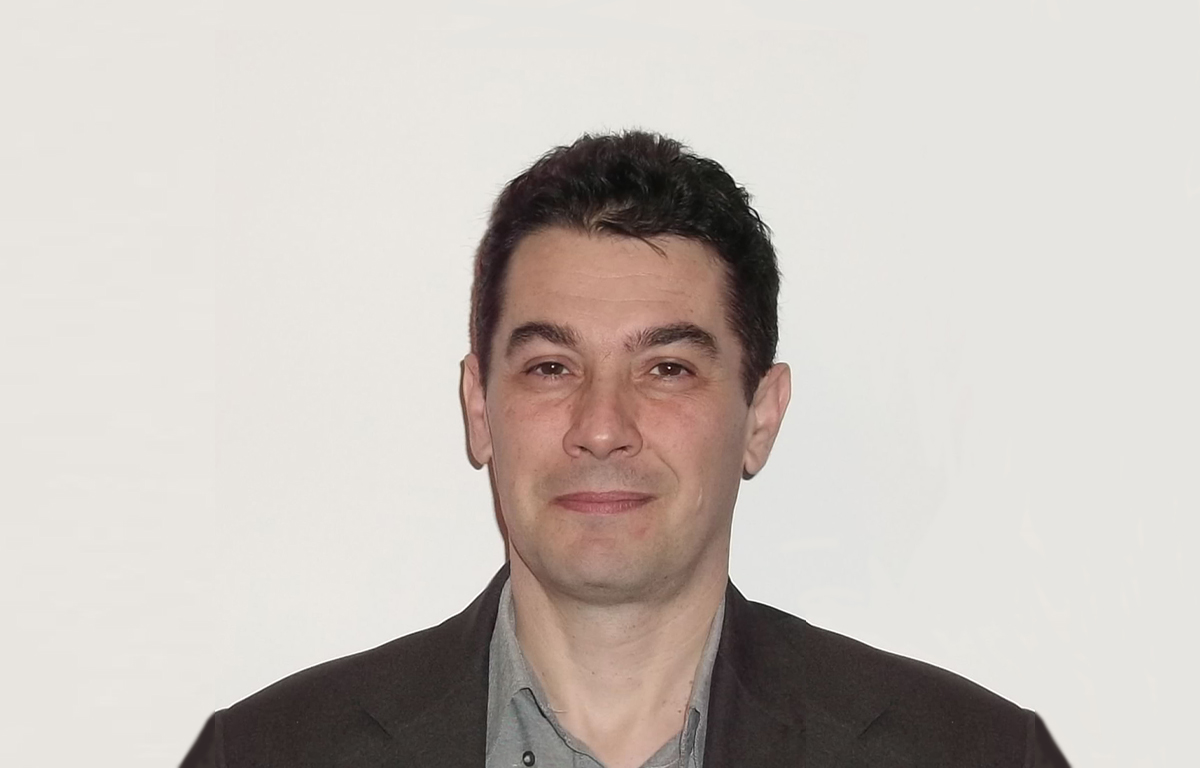
Columnist; Science and Academics
The Pick 3 and Pick 4 lotteries became popular variations of the classical combinatorial 5- or 6-draw lotteries.
One of the reasons is that these lotteries offer odds of winning far higher than the latter, whatever the chosen play type. And since odds are such a sensitive issue in lottery games, new features have been added or replaced the initial ones in these games over time to increase the odds of winning and make them more attractive.
One such feature is the Fireball (sometimes called Wild Ball) option. While having the possibility of replacing one number in the draw obviously increases your chances of winning compared to the basic play, the higher price for a line and the lower prize offered with the Fireball option counterbalance this advantage.
In this article, we will use a mathematical perspective to determine whether the Fireball option is worth playing compared to the basic play in Pick 3 and Pick 4 lottery games.
How the odds change with the Fireball option
Pick 3 games have a 3-digit draw, so there are 10 x 10 x 10 = 1,000 possibilities for the drawn combination. The Fireball can replace any one of those digits if advantageous for the player, and that gives up to three additional winning numbers.
So, instead of one possible winning outcome for a straight play, you can have up to four. However, because digits can repeat, some substitutions may duplicate each other.
As an approximation, your chances of winning increase about 3-4 times for the straight play with the Fireball option. Taking into account the other play types, we can say that overall, with the Fireball option, the odds of winning increase approximately three times.
We arrive at the same number by doing the math for the Pick 4 games.
One in 1,000 (for the straight play in a Pick 3 game) is already “good” odds of winning in the lottery, while one in 100 for a front pair or back pair is even better in the basic play. With the Fireball option, these odds get three times better. One in 33 is perhaps the best winning odds across all lotteries worldwide; however, for that type of play, only $10/$20 is offered as a prize in most cases.
Odds of winning in Pick 4 are lower than in Pick 3 games, simply because the possibilities for the drawn combination are ten times higher in the Pick 4 due to the extra digit in the draw. The same is true for the odds of winning with the Fireball option, which change accordingly. However, it’s worth considering that Pick 4 offers higher prizes than Pick 3.
Odds, wager, prize
Like in every gambling game, there is a balance between the odds of winning and the possible prizes, allowing statistical indicators to remain constant for the house.
In Pick 3 and Pick 4 lottery games, the prizes are fixed for each type of play, but depend on the wager. These three factors – odds of winning, wager, and possible prize – should all be taken into account when analyzing the optimality of a choice or a play.
The odds of winning are still a determining criterion of choosing a lottery game and are considered mainly by those players who do not play regularly at every draw, but still chase big or decent wins in lucky draws. From their perspective, playing with the Fireball option is advantageous, as it offers better odds of winning. The fact that the cost of a line is double with the Fireball option compared to the basic play does not affect this informed choice.
Yet the relatively low cost of a line in Pick lottery games and their feature of having multiple draws per day influence players to play regularly to increase their chances of winning. Since long-run play involves the cost factor, it must be included in the equation of optimal play, which also assumes the minimization of loss beyond the odds of winning.
The mathematical notion that helps in comparing long-run play with Fireball versus no Fireball option from this perspective is the expected value, which can be expressed in terms of return to player.
Expected value in Pick 3 lotteries with and without the Fireball option
Computing the expected value for each type of play in two cases – with and without the Fireball option – will provide a decisive criterion for choosing the optimal play for the long run.
Pick 3 lotteries differ slightly across state lotteries. All have the same winning odds for given play types, and there are slight differences in their list of available play types. As for prizes, the differences range within a small interval for the same play type. Differences mostly concern the number of draws per day and other technical or commercial features.
Therefore, conclusions about the comparison of the expected value in two cases will be relevant for the entire range of such lottery games.
Let’s take, as an example, the Virginia Lottery Pick 3 game. In the table below, the values of the return to player (RTP) normalized at a $1 wager, for the two cases (with and without Fireball), are shown side by side for each type of play.
Pick 3 Virginia Lottery – RTP at $1 wager
| Play type | RTP - no Fireball | RTP - with Fireball |
|---|---|---|
|
Exact Order (Straight) |
$0.5000 (50%) |
$0.5301 (53.01%) |
|
Any Order — 3-Way |
$0.4800 (48%) |
$0.5105 (51.05%) |
|
Any Order — 6-Way |
$0.4800 (48%) |
$0.5142 (51.42%) |
|
Combo — 3-Way |
$0.5000 (50%) |
$0.5232 (52.32%) |
|
Combo — 6-Way |
$0.5000 (50%) |
$0.5188 (51.88%) |
|
Pair plays (Front / Split / Back) |
$0.5000 (50%) |
$0.5278 (52.78%) |
|
50/50 — 3-Way |
$0.2450 (24.50%) |
$0.2865 (28.65%) |
|
50/50 — 6-Way |
$0.2450 (24.50%) |
$0.2789 (27.89%) |
To correctly interpret the data in the table above, we should keep in mind that the RTP is a statistical average for the game, whose value does not depend on any wager at a given time or over a given period.
The RTP is given as a numerical value normalized to $1 – that is, how much the game will return on average to the player in prizes in the long run for each $1 wagered – and also as a percentage – what percent of the overall wager is returned.
The expected value of a play is expressed as EV = RTP (%) – 1, and the house edge is HE = –EV.
Example:
For the Any order — 3-way play type, RTP is 48%, so EV = 48% – 1 = –52%. House edge is HE = 52%. By playing this type indefinitely, at any wager amount, you will get back on average 48% of your overall wager, while the house retains 52%.
Comparing the RTP values side by side for the Fireball option and basic play, we can see that the return is higher for the Fireball option in each type of play, with a difference ranging from 2% to 4%.
The conclusion – applied to all Pick 3 games – is that playing with the Fireball option is optimal from a mathematical perspective, not only in terms of the odds of winning but also the expected value, which means this option minimizes your loss over the long run.
One may fairly ask how this option can minimize your loss since the ticket costs double with the Fireball option checked. This minimization should be understood in a statistical context – since the criterion used is the value of the EV – and the long-run play should be understood as “long enough” play for wins to occur from time to time as their probability indicates.
The Fireball option also offers prizes double the amount to offset its double cost, while the probability of winning with that option increases about three times compared to the basic play. It is all these factors combined that yield the mathematical advantage of the Fireball play.
Expected value in Pick 4 lottery games with and without the Fireball option
Let’s also do the calculations for a Pick 4 game, for instance, the Florida Lottery Pick 4 game:
Pick 4 Florida Lottery – RTP at $1 wager
| Play type | RTP - no Fireball | RTP - with Fireball |
|---|---|---|
|
Straight |
$0.5000 (50%) |
$0.5500 (55%) |
|
4-way Box |
$0.4796 (47.96%) |
$0.5930 (59.30%) |
|
6-way Box |
$0.4800 (48%) |
$0.6050 (60.50%) |
|
12-way Box |
$0.4800 (48%) |
$0.6050 (60.50%) |
|
24-way Box |
$0.4800 (48%) |
$0.6040 (60.40%) |
|
Straight & Box (4-way) |
$0.4896 (48.96%) |
$0.925 (92.50%) |
|
Straight & Box (6-way) |
$0.4900 (49.00%) |
$0.8980 (89.80%) |
|
Straight & Box (12-way) |
$0.4900 (49.00%) |
$0.8730 (87.30%) |
|
Straight & Box (24-way) |
$0.4900 (49.00%) |
$0.8550 (85.50%) |
|
Combo (any size) |
$0.5000 (50%) |
$0.60 – $0.80 (60% - 80%), depending on the combo size |
We can see that the Fireball option offers a higher return than the basic play for all play types, as in the Pick 3 games. The difference in RTP from the basic play is even higher in the Pick 4 game, ranging between 5% and 43%.
Given the slight differences across all Pick 4 games, we can fairly draw the general conclusion that the RTP (and implicitly the EV) for the Fireball option is much higher in Pick 4 than in Pick 3 games, which, for players who play regularly and in the long run, makes it an objective criterion for choosing the former games. Yet the odds of winning are better in Pick 3 (and accordingly, the prizes are lower). This means that in isolated or short-run play (when the EV does not actually materialize), these games are preferable if the odds criterion is the exclusive concern.
Conclusion
The Fireball option in Pick lottery games is not some kind of “commercial” add-on with hidden disadvantages for the players that turn into advantages for the house, like in many other gambling games.
In both Pick 3 and Pick 4 lotteries, the Fireball option increases the chances of a win about three times compared to the basic play, for every play type. As such, playing with this option is suitable for isolated non-regular play by those players “chasing” good odds of winning in the lottery, even though the prizes are lower with this option than in the basic play. These odds are higher in Pick 3 than in Pick 4 lotteries for each play type.
The Fireball option offers not only better odds of winning, but also a higher return and expected value (and lower house edge) than the basic play, for all play types and all Pick lotteries. Therefore, the option is also suitable for regular long-run play, as optimal play minimizes the loss. The return is much higher in Pick 4 lotteries than in Pick 3.
However, we don’t have to be overly strict with applying these strategic facts, which are theoretical. It is known that in lotteries, the expected value usually doesn’t materialize, due to the relatively low odds of winning and the low frequency of the draws. Even at two draws daily, a probability of, say, 1 in 122 (for the Any order – 3-way play type in Pick 3 with Fireball), in a frequentist interpretation, would mean one win every 61 days or about 6 wins per year, insufficient for an accurate approach to the expected value.
So if you actually want to chase the prize and not the odds, they should go for it with or without the Fireball option; however, you should always keep an eye on your bankroll, as in every gambling game.
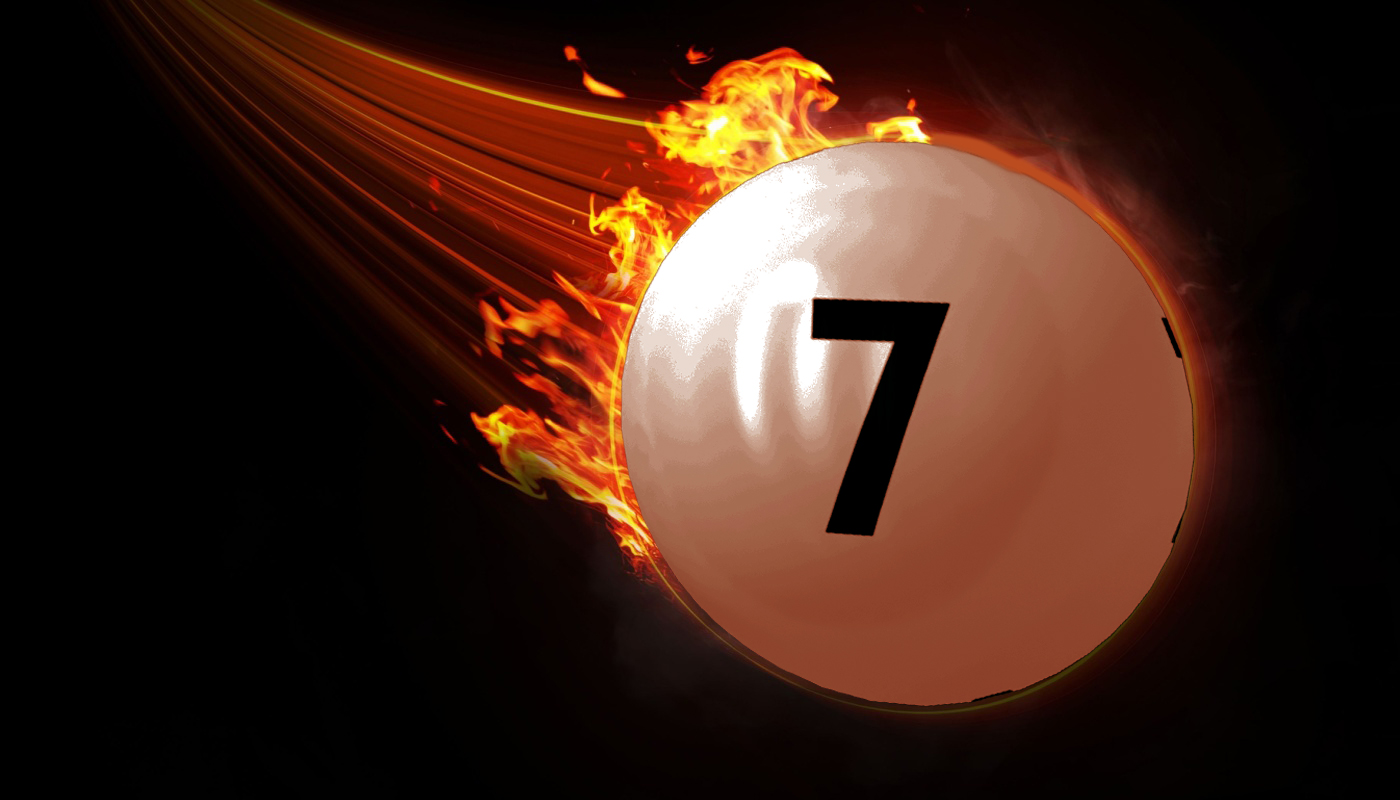



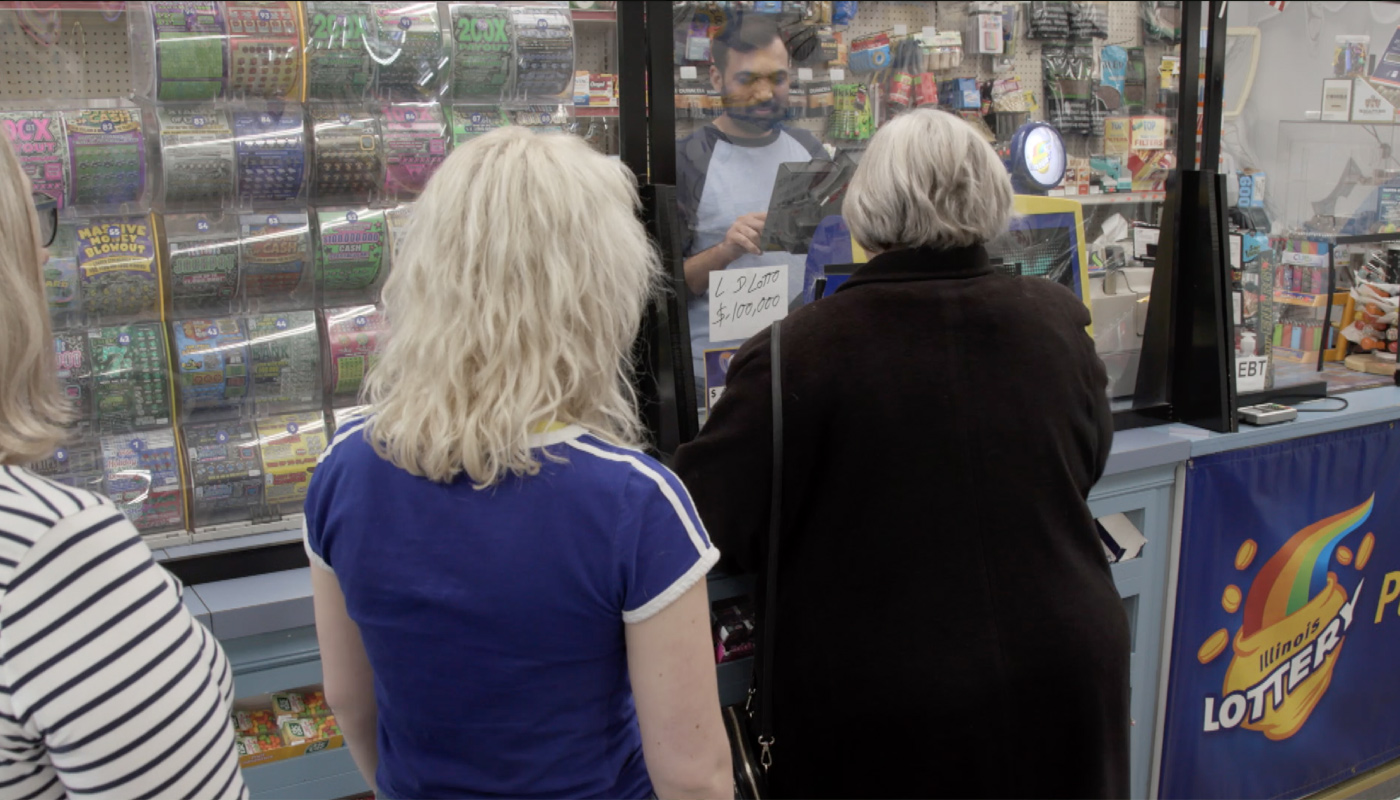

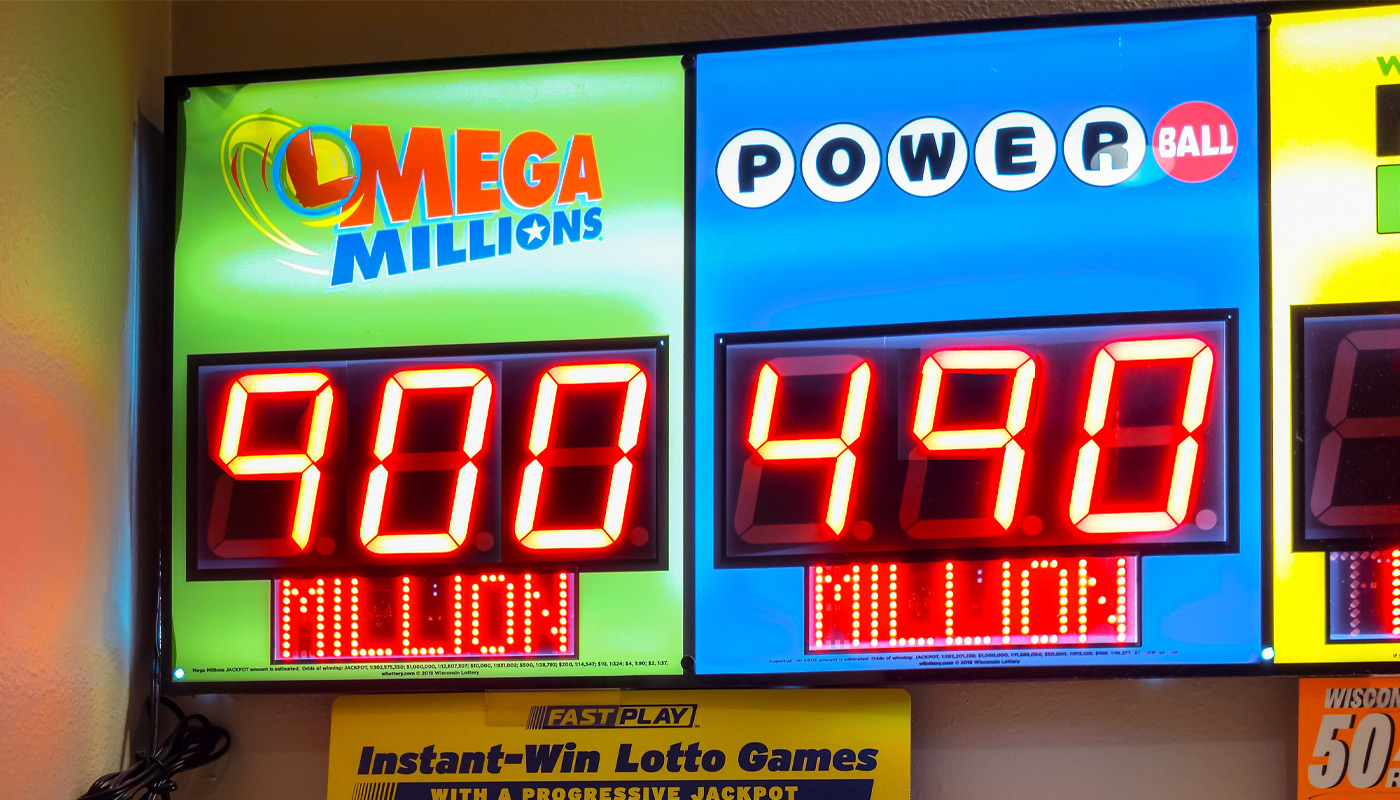
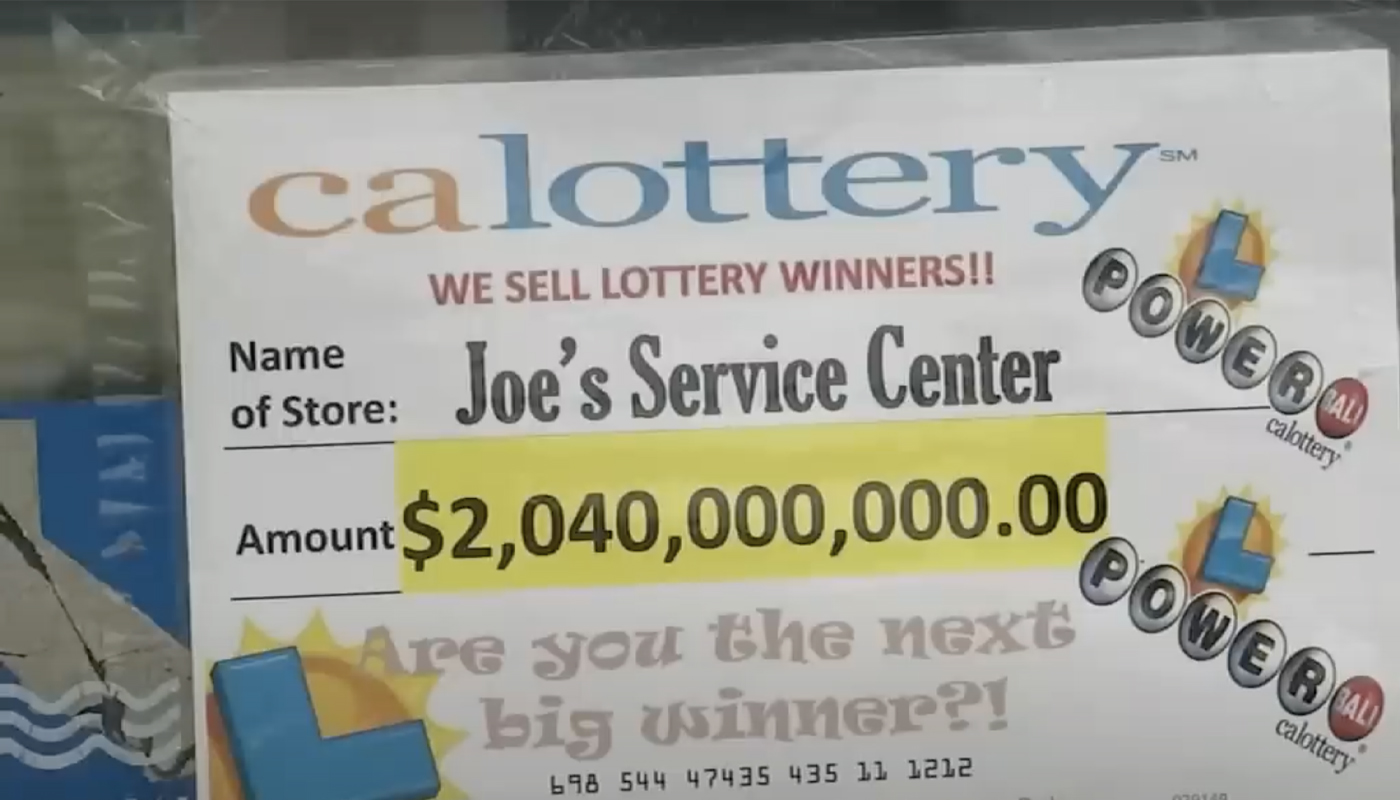

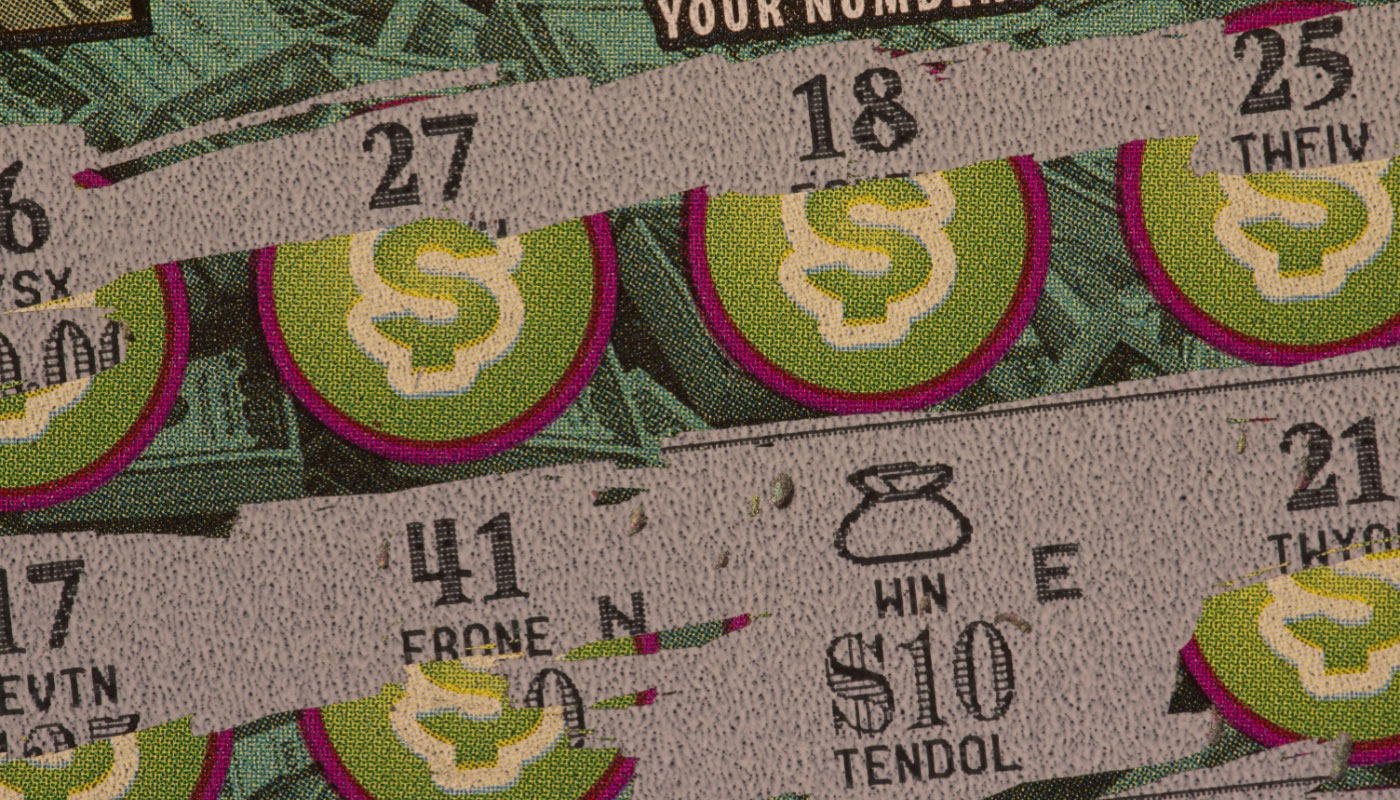

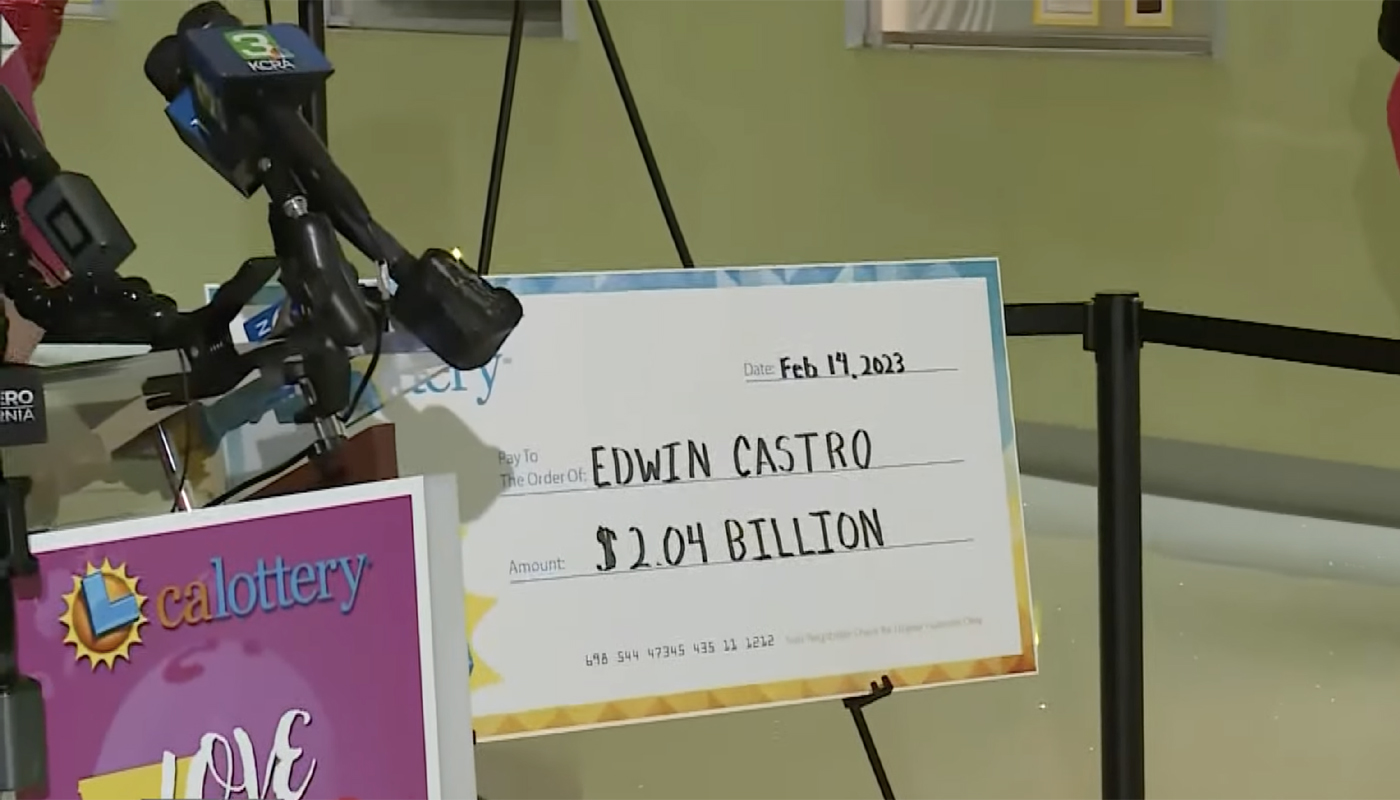









Comments